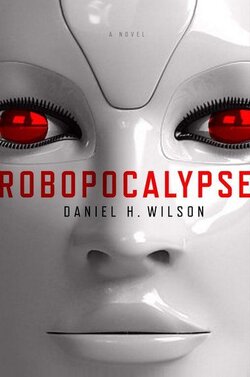[video=youtube;uAspqCD34Hw]http://www.youtube.com/watch?feature=player_detailpage&v=uAspqCD34Hw[/video]
For several months we have heard reports that Google's X Labs division is working on some very high-tech stuff in the robotics field. They have made it clear they plan to push forward with the development of robots designed to help eliminate some of the menial, repetitive and physically dangerous tasks within the industrial world. It now appears they have doubled-down on this agenda. Google has just acquired Boston Dynamics. This is a company famous for its impressive DARPA level robots, like BigDog and Atlas. Google snapped up the company along with all of the geniuses working there.
This renewed focus on robots has a fitting leader at Google as well. The new head of this division is none other than Android's former boss, Andy Rubin himself. Google's acquisition of this juggernaut in the robotics field proves they are serious about making Androids of the future more than just smartphones. Here's a quote with a few more details,
Although the videos frequently inspire comments that the robots will evolve into scary killing machines straight out of the “Terminator” movies, Dr. Raibert has said in the past that he does not consider his company to be a military contractor — it is merely trying to advance robotics technology. Google executives said the company would honor existing military contracts, but that it did not plan to move toward becoming a military contractor on its own.
Under a $10.8 million contract, Boston Dynamics is currently supplying Darpa with a set of humanoid robots named Atlas to participate in the Darpa Robotics Challenge, a two-year contest with a $2 million prize. The contest’s goal is creating a class of robots that can operate in natural disasters and catastrophes like the nuclear power plant meltdown in Fukushima, Japan.
“Competitions like the Darpa Robotics Challenge stretch participants to try to solve problems that matter and we hope to learn from the teams’ insights around disaster relief,” Mr. Rubin said in a statement released by Google.
Boston Dynamics has also designed robots that can climb walls and trees as well as other two- and four-legged walking robots, a neat match to Mr. Rubin’s notion that “computers are starting to sprout legs and move around in the environment.”
My favorite robot comes at the 8:21 mark. It approximates a humanoid structure in almost unbelievable ways.
Source: NYTimes
